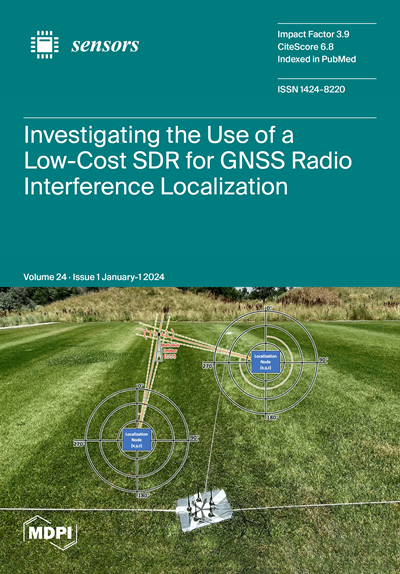基于深度学习的建筑工地火灾风险检测
IF 3.5
3区 综合性期刊
Q2 CHEMISTRY, ANALYTICAL
引用次数: 0
摘要
最近发生在韩国建筑工地的大规模火灾事件凸显了计算机视觉技术在火灾发生前发现火灾风险的必要性。本研究开发了一种主动火灾风险检测系统,通过对监控摄像头图像的物体检测来检测点火源(火花)和可燃材料(聚氨酯泡沫或聚苯乙烯泡沫)的共存。对韩国建筑工地发生的火灾进行了统计分析,以了解大规模火灾的原因。讨论了提高火花和聚氨酯泡沫目标探测器性能的标记方法。讨论了远距离探测火源和可燃物的方法,以提高对远距离目标的探测性能。两种候选深度学习模型Yolov5和EfficientDet的性能进行了比较。发现Yolov5的mAP性能略高:根据模型的复杂程度,Yolov5模型的mAP在87%到90%之间,而EfficientDet模型的mAP在82%到87%之间。然而,Yolov5在学习的容易程度和速度方面比EfficientDet有明显的优势。本文章由计算机程序翻译,如有差异,请以英文原文为准。
Deep Learning Based Fire Risk Detection on Construction Sites
The recent large-scale fire incidents on construction sites in South Korea have highlighted the need for computer vision technology to detect fire risks before an actual occurrence of fire. This study developed a proactive fire risk detection system by detecting the coexistence of an ignition source (sparks) and a combustible material (urethane foam or Styrofoam) using object detection on images from a surveillance camera. Statistical analysis was carried out on fire incidences on construction sites in South Korea to provide insight into the cause of the large-scale fire incidents. Labeling approaches were discussed to improve the performance of the object detectors for sparks and urethane foams. Detecting ignition sources and combustible materials at a distance was discussed in order to improve the performance for long-distance objects. Two candidate deep learning models, Yolov5 and EfficientDet, were compared in their performance. It was found that Yolov5 showed slightly higher mAP performances: Yolov5 models showed mAPs from 87% to 90% and EfficientDet models showed mAPs from 82% to 87%, depending on the complexity of the model. However, Yolov5 showed distinctive advantages over EfficientDet in terms of easiness and speed of learning.
求助全文
通过发布文献求助,成功后即可免费获取论文全文。
去求助
来源期刊

Sensors
工程技术-电化学
CiteScore
7.30
自引率
12.80%
发文量
8430
审稿时长
1.7 months
期刊介绍:
Sensors (ISSN 1424-8220) provides an advanced forum for the science and technology of sensors and biosensors. It publishes reviews (including comprehensive reviews on the complete sensors products), regular research papers and short notes. Our aim is to encourage scientists to publish their experimental and theoretical results in as much detail as possible. There is no restriction on the length of the papers. The full experimental details must be provided so that the results can be reproduced.
 求助内容:
求助内容: 应助结果提醒方式:
应助结果提醒方式:


